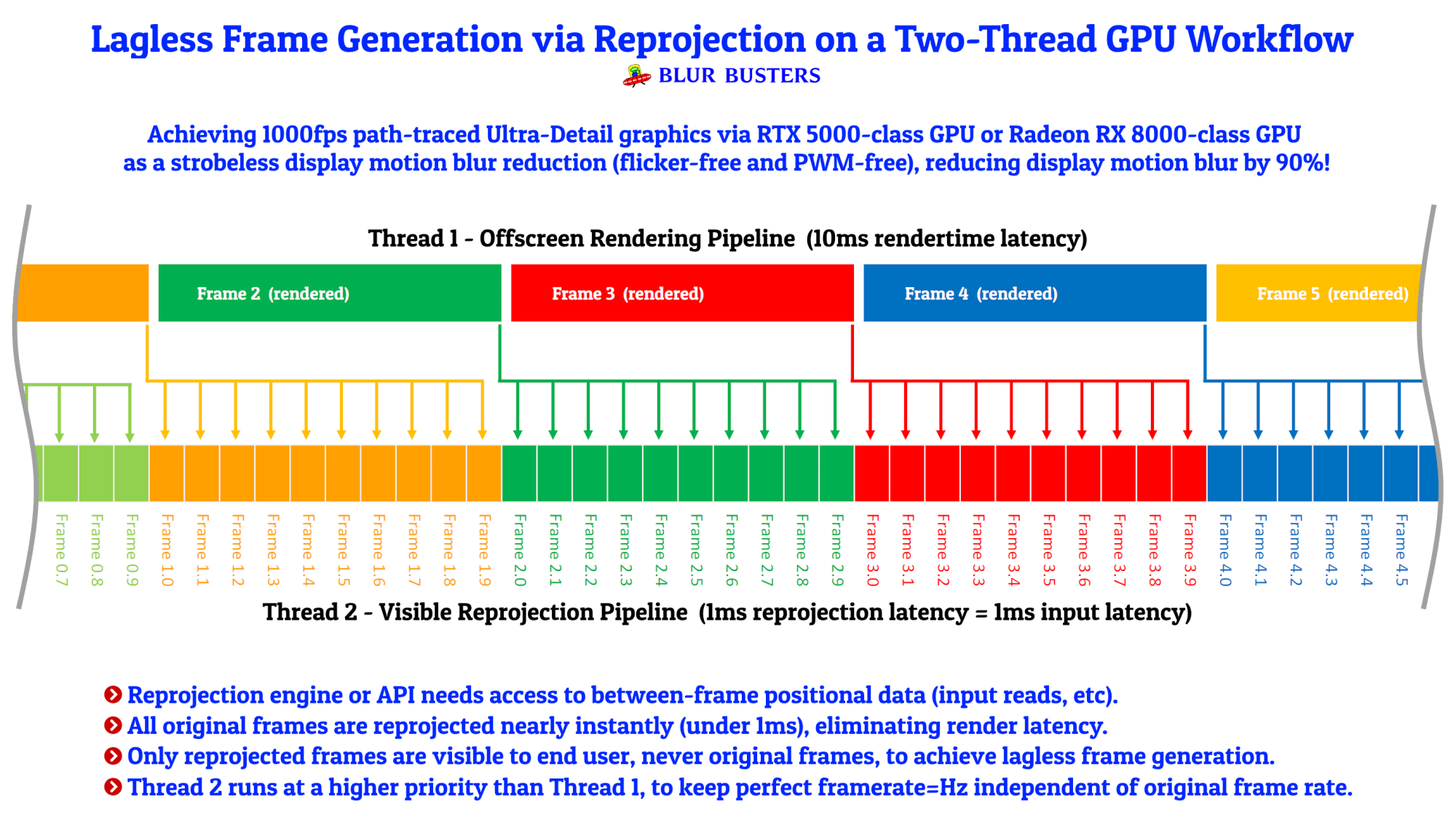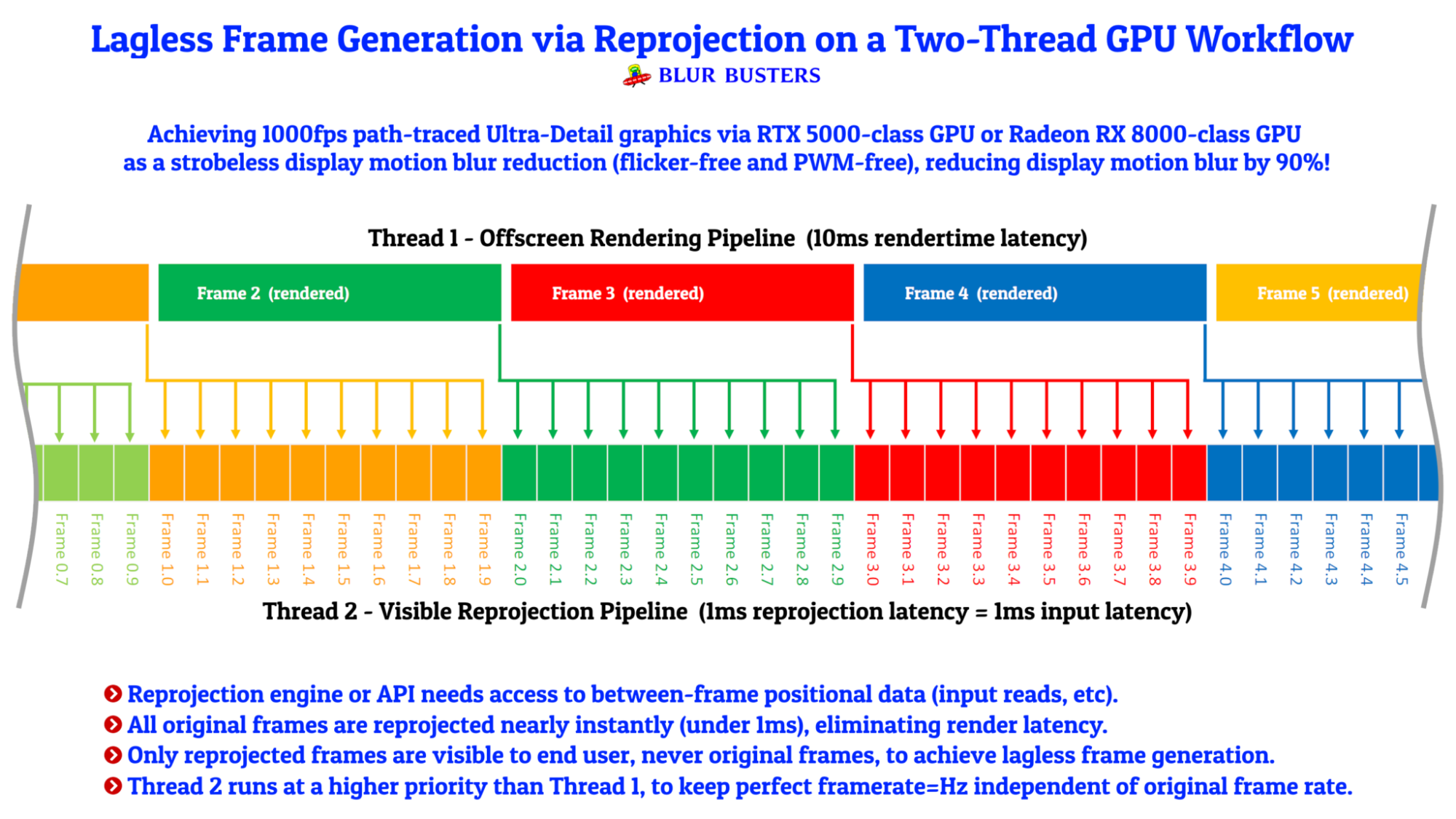GoldenTiger
Fully [H]
- Joined
- Dec 2, 2004
- Messages
- 29,646
https://wccftech.com/amd-fsr-3-might-generate-up-to-4-interpolated-frames-be-enabled-on-driver-side/
Still no release date despite being promised for 2023 1st half back when they announced their 7000 series, and we're almost to June.
Still no release date despite being promised for 2023 1st half back when they announced their 7000 series, and we're almost to June.
![[H]ard|Forum](/styles/hardforum/xenforo/logo_dark.png)

